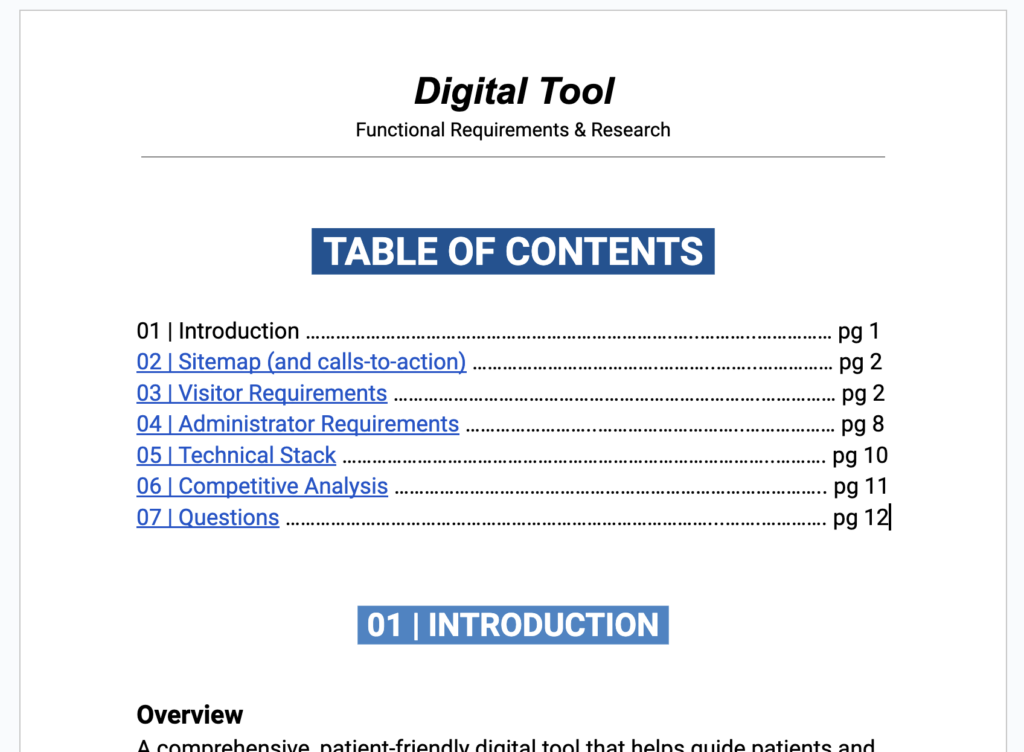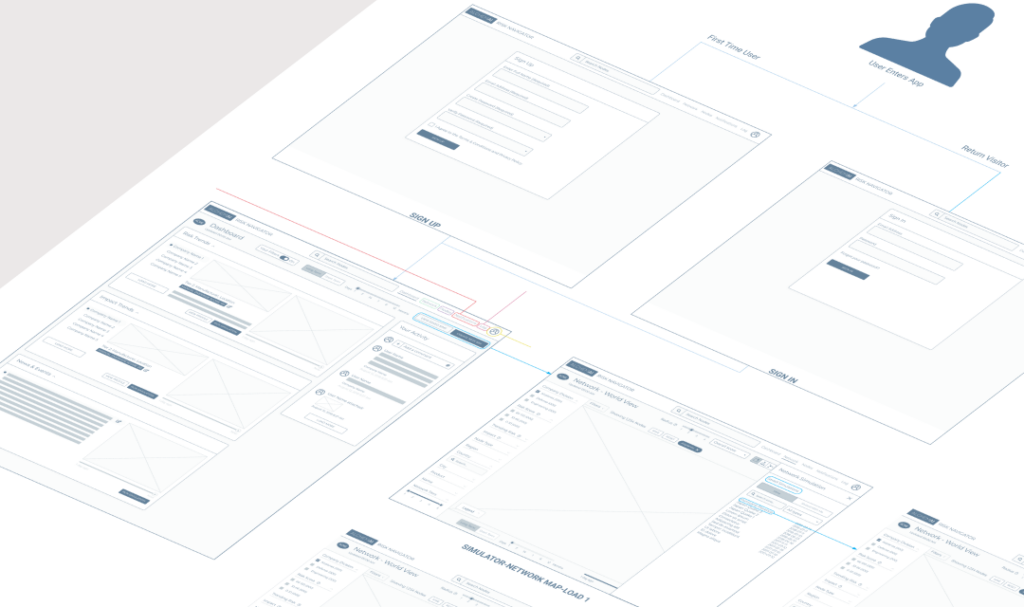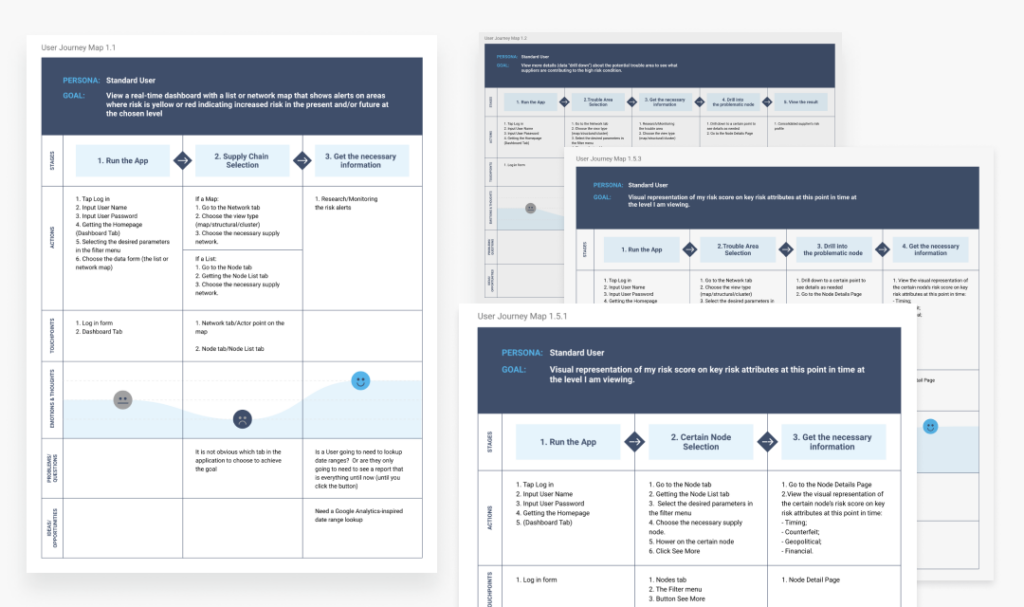Writing clear, concise and actionable requirements is a critical step in developing a successful app. Whether you’re building a mobile app, a web platform, or a complex enterprise system, well-defined requirements act as a roadmap for your project, helping ensure alignment between stakeholders, developers, designers and ultimately your visitors. Here are some important tips to help you write effective app project requirements.

Start with Clear Objectives
Before diving into technical specifications, it’s essential to understand the core goals of the app. What problem is it solving? Who is the target audience? What are the desired outcomes? By answering these questions, you create a shared vision that guides the entire development process. Clear objectives set the tone for the project and ensure everyone is on the same page about its purpose.
SMART Criteria
Requirements should be Specific, Measurable, Achievable, Relevant and Time-bound (SMART). By adhering to these criteria, you ensure that your requirements are actionable and realistic. For example, instead of saying “the app should have a fast load time,” specify “the app should load within 3 seconds under a standard 4G connection.” This helps both developers and stakeholders understand the expectations and provides measurable targets.
Break Requirements into Functional and Non-Functional
Functional requirements describe what the app should do, such as user authentication, data entry, or in-app purchases. Non-functional requirements focus on how the app should perform, such as security, scalability, usability and performance. Both types are crucial, but they serve different purposes. Make sure you define both clearly to avoid ambiguities later.
Prioritize Requirements
Not all features or functionalities are equally important. Prioritize requirements to distinguish between “must-have” features and “nice-to-have” ones. This helps keep the project scope manageable and ensures that the most important features are delivered first. Use methods like MoSCoW (Must have, Should have, Could have, Won’t have) or value-based prioritization to guide this process.

Involve Stakeholders Early
Gather input from all key stakeholders — including business owners, end users, developers and designers — early in the process. Collaboration ensures that the requirements reflect real user needs and that any potential issues are addressed before development begins. Frequent feedback loops throughout the project will keep the requirements aligned with business goals and user expectations.
Be Clear and Precise
Ambiguous or vague requirements can lead to confusion and misinterpretation. Avoid jargon or complex terminology unless it’s universally understood by the team. Use clear, direct language and break down requirements into smaller, manageable tasks. If needed, include diagrams, wireframes, or user stories to clarify the user experience and app workflows.
Consider User Stories
User stories are a great way to describe features from the perspective of the end user. A well-written user story typically follows this format: “As a [user type], I want to [action] so that [outcome].” For example, “As a registered user, I want to reset my password so that I can regain access to my account.” User stories help focus on the user experience and provide a narrative that keeps development focused on delivering value.

Account for Future Scalability
While it’s important to focus on the initial launch, don’t forget to plan for future scalability. Ensure that your requirements allow the app to grow as user demand increases or new features are added. Address potential challenges related to performance, security and maintenance right from the start.
Document Everything
Finally, ensure that all requirements are documented and version-controlled. This helps maintain a clear record of decisions made and prevents scope creep. Regularly review and update the document as the project evolves to ensure it remains relevant.
By following these tips, you can ensure that your app’s requirements are well-defined, actionable and aligned with both business and user goals. Clear requirements are the foundation of a successful app project, helping to reduce risks, manage expectations and ultimately deliver a product that meets the needs of your users.
Contact knockmedia if you would like help creating feature requirements for your next website, app or platform project.